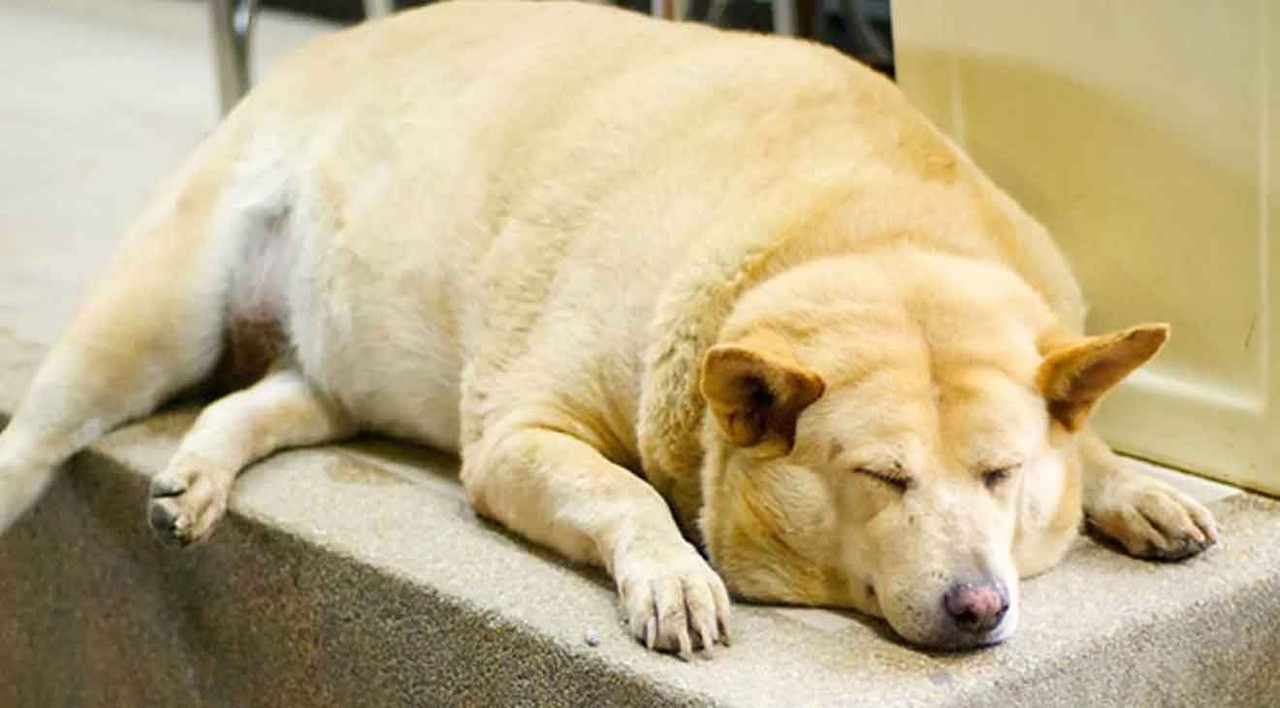November is Pet Diabetes Awareness Month


November is Pet Diabetes Awareness Month, so I wanted to learn more about the signs of diabetes in pets, what causes it, and if there is anything pet owners can do to prevent their pets from becoming diabetic.
Here’s what I found out:
What is diabetes?
According to Cornell University, diabetes is a complex and common disease where the body either:
- doesn't produce insulin (type I diabetes) or
- doesn't properly use insulin (type II diabetes)
Insulin is a hormone that is needed to convert sugar and other food into energy.
The ASPCA says dogs are more likely to develop type I diabetes and cats are more likely to develop type II.
What are some of the signs that a pet could have diabetes?
Increased thirst and urination
The first sign that many pet owners notice is the pet’s excessive urination, according to Dr. Michelle Newfield, medical director at St. Tammany Humane Society in Louisiana.
“A house-trained dog who could previously hold its urine all night is now needing to go outside multiple times a night,” she said. “They may even start to have accidents in the house.”
She said cat owners may notice larger clumps in the litter box and more clumps than usual.
This is what Len Saunders noticed around the time his cat Snowball (pictured) was diagnosed with diabetes.
“The signs for me were the excessive drinking and urinating,” he said.
Once his cat became a diabetic, Saunders said it was very time-consuming to give his cat daily insulin shots. However, he was happy to do it because he loved his pet.
Weight loss
Another common sign of diabetes in pets is unexplained weight loss. While the pet may have a great appetite, he will still be dropping weight, Newfield said.
Ravenous appetite
Actually, the pet may even have a “ravenous” appetite, according to Dr. Oscar Chavez, chief medical officer with the dog food company Just Food For Dogs.
“The body thinks it's starving due to its inability to utilize blood sugar,” Chavez said. “Weight loss, despite a ravenous appetite, is a pretty strong indication that something may be wrong.”
Are there ways to prevent diabetes in pets?
The exact cause of diabetes is unknown, according to the ASPCA. However, some factors that may play a role in developing the disease could include genetics, obesity, and chronic pancreatitis.
Chavez believes nutrition may play a large role in preventing diabetes. He said a well-balanced, high-quality, whole-food diet is the best protection against the disease.
Newfield also said nutrition is important in preventing diabetes in pets. She tells pet owners it's important for dogs and cats to maintain a lean body mass.
Of course, along with a healthy diet comes proper exercise.
The key is for pet owners to keep their pets active and to monitor their weight and diet, according to Saunders. “Just as you would for a human.”
Do any of you own a pet with diabetes? What advice would you give to other pet owners?
Understanding Pet Diabetes: A Deeper Dive
Pet diabetes, much like human diabetes, requires a comprehensive understanding and proactive management. The goal is not only to manage the condition but also to improve the quality of life for our furry friends. Here are more insights and steps you can take to help a diabetic pet.
Diagnosing Diabetes in Pets
Early diagnosis is crucial for managing diabetes effectively. Regular veterinary check-ups are essential. If you notice any of the signs mentioned earlier, such as increased thirst, frequent urination, weight loss, or a ravenous appetite, consult your vet immediately. A simple blood test can confirm whether your pet has diabetes.
Management and Treatment of Diabetes in Pets
Managing diabetes in pets involves a combination of diet, exercise, and sometimes medication. Here’s a closer look at each aspect:
Diet
Feeding your pet a balanced diet is fundamental. For diabetic dogs and cats, diets that are high in fiber and low in fat can help regulate blood sugar levels. You can find specialized pet foods formulated for diabetic pets. Always consult with your vet before making any significant changes to your pet's diet.
Check out high-quality food options and supplements at dogIDs Dog Treats. These can be integrated into a healthy diet plan tailored for diabetic pets.
Exercise
Regular physical activity helps maintain a healthy weight and can improve insulin sensitivity. For dogs, this might mean daily walks or play sessions. For cats, interactive toys and climbing structures can encourage movement.
Consider using dogIDs leashes for your daily walks, ensuring your pet stays active and healthy.
Medication
Insulin therapy is often necessary for managing diabetes in pets. Your vet will guide you on how to administer insulin injections and monitor your pet’s blood glucose levels. Regular follow-ups are essential to adjust the insulin dosage as needed.
Long-Term Monitoring and Care
Diabetes is a chronic condition that requires ongoing management. Here are some tips for long-term care:
- Regularly monitor your pet's blood glucose levels as directed by your vet.
- Maintain a consistent feeding and exercise schedule to help regulate blood sugar levels.
- Keep a close eye on your pet for any changes in behavior or health.
Support Systems and Resources
Having a support system can make managing a diabetic pet much easier. Join online communities and support groups for pet owners dealing with diabetes. These platforms offer valuable advice, shared experiences, and emotional support.
Advanced Research and Developments
Ongoing research continues to improve the understanding and treatment of diabetes in pets. For instance, new studies, such as those conducted by Cornell University, are paving the way for better management strategies and treatments for diabetes.
Conclusion
Pet Diabetes Awareness Month serves as a crucial reminder of the importance of recognizing and managing diabetes in our furry companions. Through proper diet, exercise, and regular veterinary care, pet owners can help their pets lead healthy and fulfilling lives even with diabetes. Stay informed, consult your vet regularly, and leverage resources available at dogIDs to support your pet's health journey.
Explore Popular Articles
-
Homemade Flea, Tick & Mosquito Repellent for Dogs: A Natural Recipe for Pet Parents
Jun 13, 2025Beyond the Buzz and Itch: Protecting Your Pup from Mosquitoes, Fleas, and Ticks As pet parents, we w
-
Can My Dog Eat This? A List of Human Foods Dogs Can and Can't Eat
Jun 04, 2025As loving dog owners, we consider our furry companions members of the family. They share our homes,
-
How Long Are Dogs Pregnant - Tips for Care & Safety
May 15, 2025Congratulations! If you’re reading this, your furry friend is likely expecting a litter of pup




